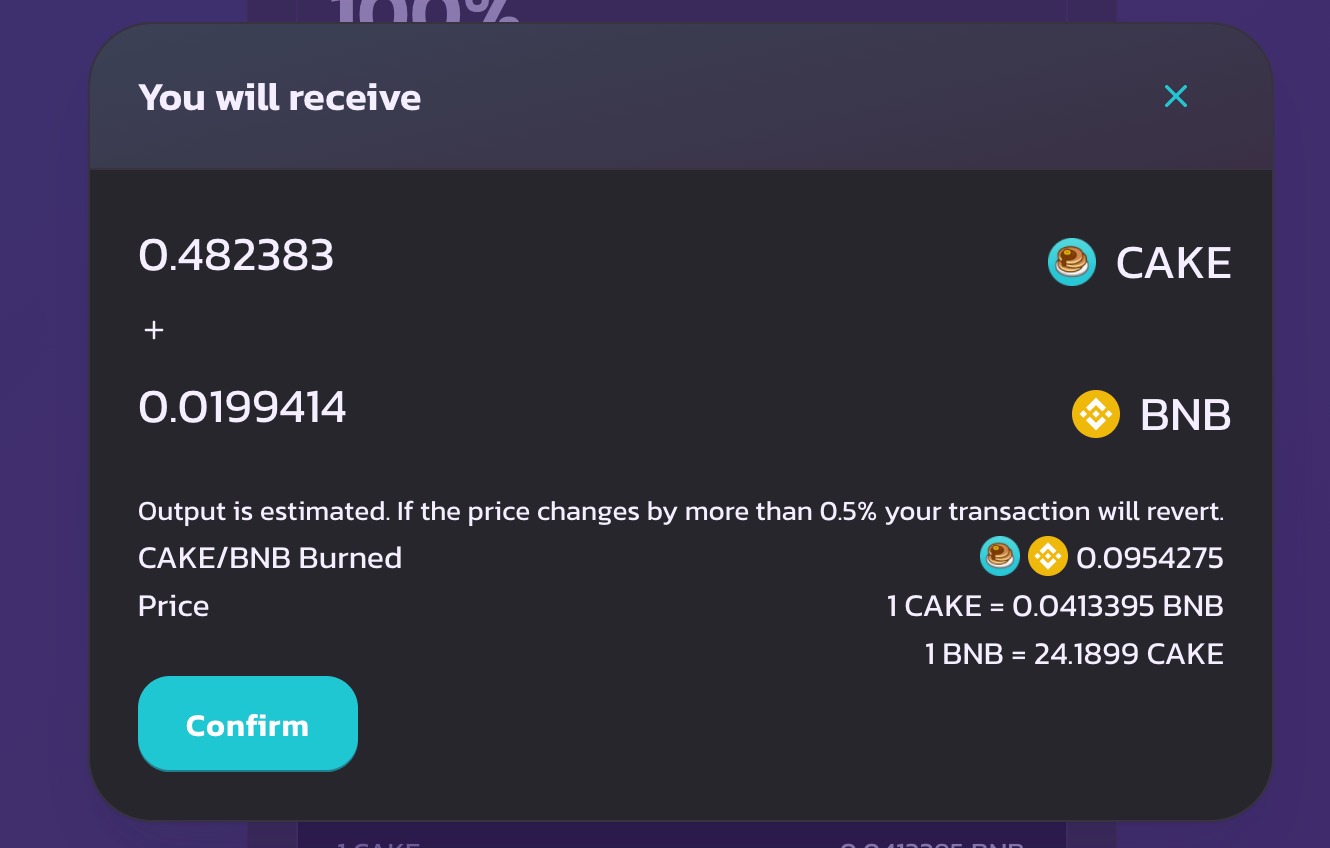Home>Finance>Misfeasance: Definition And How It Works Vs. Malfeasance


Finance
Misfeasance: Definition And How It Works Vs. Malfeasance
Published: December 25, 2023
Learn the difference between misfeasance and malfeasance in the world of finance. Understand the definition and how these actions impact businesses.
(Many of the links in this article redirect to a specific reviewed product. Your purchase of these products through affiliate links helps to generate commission for LiveWell, at no extra cost. Learn more)
Misfeasance: Definition and How It Works Vs. Malfeasance
Have you ever come across the term misfeasance and wondered what it really means? In the world of finance, understanding legal terms and concepts is crucial. So, in this blog post, we will take a deep dive into misfeasance, its definition, and how it works. Moreover, we will compare it to another similar term called malfeasance. By the end, you will have a clear understanding of misfeasance and be able to differentiate it from malfeasance.
Key Takeaways:
- Misfeasance refers to the improper performance of a legal duty, leading to harm or damages.
- Malfeasance, on the other hand, refers to intentional wrongdoing or misconduct.
Understanding Misfeasance
Misfeasance is a term used to describe the improper performance of a legal duty, often resulting in harm or damages to others. It is a wrongdoing that occurs when someone has a legal obligation to act, but their actions are carried out in a negligent or insufficient manner. The person committing misfeasance may not have malicious intent, but their actions or inactions still lead to negative consequences.
To better understand misfeasance, let’s consider an example. Imagine a company director who is responsible for managing the funds of the company’s shareholders. If the director makes risky financial investments without conducting thorough research and due diligence, and as a result, the shareholders suffer losses, it could be considered misfeasance. The director had a legal duty to act in the best interests of the shareholders, and their failure to do so resulted in harm.
Now let’s compare misfeasance to another term often mentioned in legal and financial contexts – malfeasance.
Misfeasance Vs. Malfeasance
While misfeasance refers to the improper performance of a legal duty, malfeasance involves intentional wrongdoing or misconduct. Malfeasance occurs when someone deliberately acts in a way that they know is illegal, unethical, or harmful to others.
Here are a few key differences between misfeasance and malfeasance:
- Intent: Misfeasance typically occurs due to negligence or insufficient actions, whereas malfeasance involves intentional wrongdoing.
- Consequences: Misfeasance often results in harm or damages to others, albeit unintentionally, while malfeasance is committed with the purpose of causing harm or gaining an unfair advantage.
- Legal implications: Misfeasance can still lead to legal consequences for the responsible party, as they failed to fulfill their legal duty. Malfeasance, on the other hand, is more likely to result in severe legal consequences due to its deliberate and malicious nature.
Understanding the distinction between misfeasance and malfeasance is crucial for navigating the legal landscape in the finance industry. By being aware of these terms and their implications, individuals can make informed decisions and hold others accountable for their actions.
Conclusion
While misfeasance might not carry the same level of intent as malfeasance, it is still a serious matter that can have significant consequences in the finance industry. It is essential for individuals to understand what misfeasance entails and how it differs from deliberate wrongdoing such as malfeasance. By recognizing these distinctions, we can promote better accountability and ensure that financial obligations are met with due diligence and care.
Interested in learning more about legal terms and concepts in finance? Explore our FINANCE category for more informative blog posts like this one.














